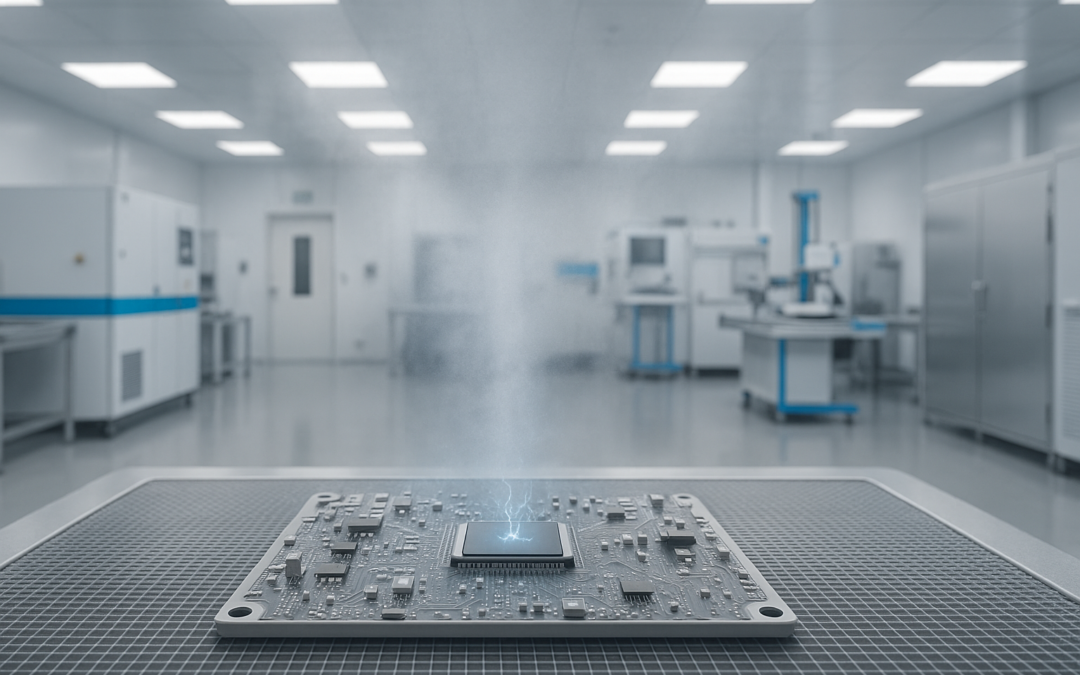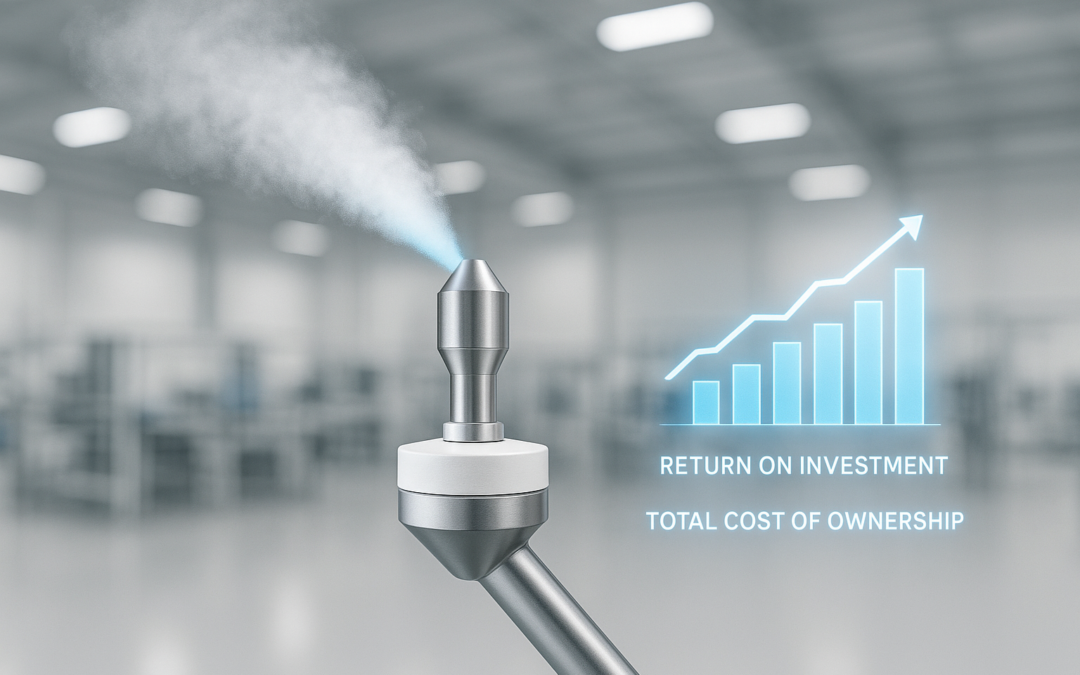Advancements in storage techniques and developments in technology have generated more complex industrial facilities. Maintaining the correct climate and humidity in the workplace is now a significant factor for companies to consider. Controlling it efficiently, without excessive costs or any damage to the products, is crucial for many production, processing, and distribution operations. Yet, before you can understand how to effectively control indoor climates, you need to know how industrial humidifiers work in today’s more complex commercial environments.
Traditional Humidification Systems
Industrial humidifiers traditionally have utilized steam to generate moisture in the air. Although wick-type systems absorb and release indoor moisture, the problem with all of these types of climate and humidity controls is costly. If they don’t feature an automatic sensor that determines the level of activity needed, you can end up with too much water in the air, which will consequently settle on surfaces and products.
In addition, these systems rely on a number of moving parts to heat and distribute humidity. Over time, parts wear out causing inefficiencies resulting in poor performance and high labor costs.
New technology has enabled the development of decorrelation. This means that the humidification system generates the smallest consistent water droplet and distributes it in the atmosphere to achieve 100 percent evaporation. Bacteria and other contaminants are sanitized from the environment using the technology and a low-pressure compressed air operation translates into greater efficiency and durable performance.
Maintaining a Complex Environment
Companies today must maintain precision climate and humidity controls to ensure that processes, production, and storage aren’t negatively impacted. Complex environments include:
Greenhouses—The development of food production using greenhouses is on the rise. Efforts to minimize the loss of forests, grasslands and prairies used for agriculture combined with a soaring global population means that specialized growing facilities will continue to expand. However, the ripening of certain fruits, vegetables, and flowers is a delicate process. Growers must maintain a specific climate to both ensure proper growth and prevent bacteria and rot. Precision climate and humidity controls are vital for increasing yields.
Modern greenhouses grow plants in “clean rooms.” These deliver better control of growing variables and reduce the risk of contamination. Innovative humidification systems regulate both temperature and moisture conditions. With the right humidification system, the temperature is controlled directly through humidity sensors, rather than as a by-product of heating and cooling.
Pharmaceutical and Food Processes—Many foods that you eat and medicines you take are processed in precise environments using specialized equipment. Climate and humidity systems in this type of environment are especially important for removing dust particles and electrical charges in the air along with maintaining optimal machine performance.
Moreover, any microscopic bacteria present has the ability to contaminate entire batches during processing. A dry-fog humidifier delivers 4.2-micron droplets that attract small particles and germs, establishing a safer facility and ensuring that surfaces remain sanitary. Fog systems are also used to disinfect produce en route to distributors and retailers. Produce suppliers see:
- Less brown spots on fruits and vegetables
- Higher quality product at the consumer level
- Lowered operational costs through energy savings and maintenance reductions
Cold Storage Facilities—After the harvest, fresh produce is stored in cold areas for packaging. But in order to maximize shelf life and prevent rot, companies must supply adequate humidity levels that won’t deposit moisture on the raw consumables. Non-wetting technology allows businesses to achieve 99 percent humidity without damaging produce.
Electronics Manufacturing—The marketplace now relies on virtual connections. Companies and individuals around the world need digital devices in order to operate and communicate. However, those devices are highly sensitive and require controlled production techniques. With non-wetting humidity, facilities can maintain comfortable working conditions without fear of damage caused by water or dust deposits.
Understanding how commercial humidifiers work to control the climate and humidity in today’s advanced facilities can help you recognize whether an innovative humidification system will work for your business.





